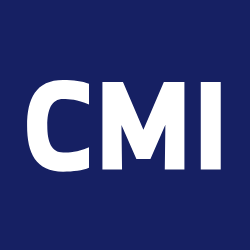ONLINE RESOURCE
Youth Inclusion
PROJECT
Assisting Regional Universities in Sudan (ARUS)
PROJECT CONTACT
Liv Tønnessen
liv.tonnessen@cmi.no
ONLINE RESOURCE CONTACT
Lovie Aalen
lovise.aalen@cmi.no
CO-AUTHORS:
Paulne Lemaire
Pauline.lemaire@cmi.no
Jana Birke Belschner
jana.belschner@cmi.no
READING AND COMMENTING:
Mai Azzam
- PART 1:
Representation - PART 2:
Mobilisation - PART 3:
Participation
Youth inclusion is high on the international agenda. This is due to the mere fact that today’s generation of youth is the largest the world has ever known, and that young people constitute the majority population in many developing countries. A major rationale behind the focus on youth from both national governments and the international community is the worry that the world’s large youth population may produce instability. The UN Security Council Resolution 2250 on Youth, Peace and Security, however, frames the same worry in a more optimistic tone: a large youth population presents a unique demographic dividend that can contribute to lasting peace and economic prosperity if inclusive policies are in place (S/RES/2250, 2015).
“No one is born a good citizen; no nation is born a democracy. Rather, both are processes that continue to evolve over a lifetime. Young people must be included from birth. A society that cuts itself off from its youth severs its lifeline; it is condemned to bleed to death.”
Kofi Annan, Former Secretary-General of the United Nations
While youth are increasingly recognized as positive change agents globally, many struggle for meaningful inclusion and instead experience marginalization.
In the Sudanese context, young people, while driving recent political change, have been largely excluded from the transitional processes after the change of government in 2019, and youth unemployment is rife.
This introduction gives an overview of the different ways in which youth can be included. We present the state-of-the-art research in the field, and identify both the opportunities and the risks involved with the various institutions and processes where youth can take part.
This online resource about youth inclusion is developed specifically for our Assisting regional universities in Sudan (ARUS) programme and draws on international experiences and studies to provide valuable and relevant lessons for Sudan.
Central questions dealt with are:
- How can youth be included in political decision-making processes?
- Which channels are available for youth to influence politics, also outside the formal political institutions, and how effective are they?
- How can we avoid that institutions and policies, which are meant to include youth, are utilised by regimes to co-opt and control the youth?
The online resource consists of three short modules that deal with youth inclusion in general and in the context of Sudan.
Part 1 provides an overview of options for formal youth representation: voting, youth councils, youth wings and youth quotas
Part 2 presents different ways of youth mobilisation outside the formal political process: protests, civic resistance movements, and digital means/social media
Part 3 provides an outline of two major arenas where the international community has pushed for youth participation: in peace processes and in the provision of jobs (employment schemes)
